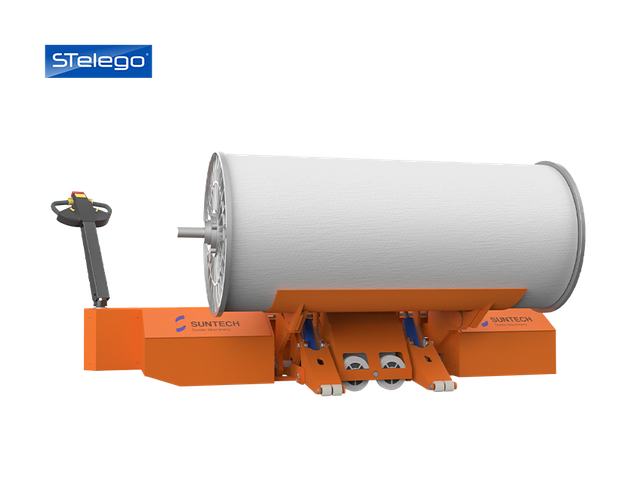In today's fast-paced industrial landscape, material-handling equipment plays a crucial role in enhancing efficiency and productivity. This blog post delves into the evolution of these essential tools, tracing their journey from manual labor to advanced automation.

Understanding Material-Handling Equipment
Material-handling equipment encompasses a wide range of devices used for the movement, protection, storage, and control of materials throughout the manufacturing and distribution process. These tools are vital for optimizing workflows and ensuring safety in various industries.
- Forklifts
- Conveyors
- Pallet jacks
- Automated guided vehicles (AGVs)
The Shift from Manual Labor to Mechanization
Historically, material-handling equipment relied heavily on human labor. Workers would manually lift and transport goods, which was not only time-consuming but also posed significant safety risks. As industries grew, the demand for more efficient solutions led to the mechanization of these processes.
With the introduction of basic machines like forklifts and conveyors, companies began to experience a noticeable increase in productivity. But how did this shift impact the workforce? While some jobs were displaced, new opportunities emerged in machine operation and maintenance, highlighting the need for a skilled workforce.
The Rise of Automation in Material Handling
In recent years, the advent of technology has revolutionized material-handling equipment. Automation has become a game-changer, allowing for the seamless integration of robotics and artificial intelligence in material handling processes. Automated guided vehicles (AGVs) and robotic arms are now commonplace in warehouses and manufacturing plants.
These advancements not only enhance efficiency but also improve safety by reducing the risk of human error. For instance, AGVs can navigate complex environments without human intervention, ensuring that materials are transported accurately and swiftly.
Future Trends in Material-Handling Equipment
Looking ahead, the future of material-handling equipment appears promising. Innovations such as the Internet of Things (IoT) and smart sensors are set to further enhance operational efficiency. These technologies allow for real-time tracking of materials, predictive maintenance, and improved inventory management.
As industries continue to evolve, the integration of sustainable practices in material-handling equipment will also gain prominence. Companies are increasingly focusing on energy-efficient solutions that minimize environmental impact.
Conclusion
The evolution of material-handling equipment from manual labor to automation reflects the dynamic nature of industry needs. As technology continues to advance, businesses must adapt to stay competitive. For those looking to explore a wide range of material-handling equipment, consider visiting  to discover innovative solutions that can enhance your operations.
to discover innovative solutions that can enhance your operations.








